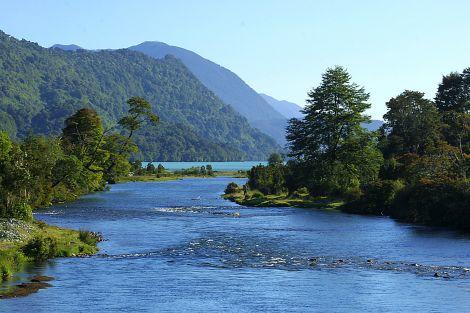
► The State of United States Aquatic Restoration (EN)
Résumé : The last twenty-five years have seen increasing interests in both the science and practice of aquatic ecosystem restoration in the United States. Aquatic ecosystems were heavily altered in the U.S. during the early and mid-twentieth century for purposes of flood control, navigation, water supply, and agricultural and urban development.
Mots-clés : aquatic ecosystem restoration, water supply, restoration projetcs
Thématique : Biodiversité et ressources naturelles
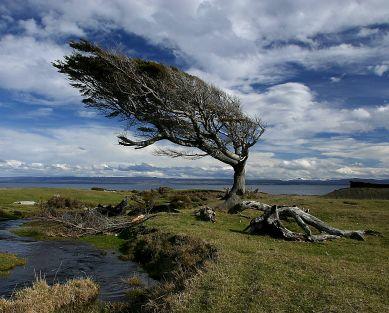
► 300,000 Hectares Restored in Shinyanga, Tanzania — but what did it really take to achieve this restoration? (EN)
Résumé : This paper presents ecosystem (Miombo and Acacia woodland) restoration that has taken place in Shinyanga, Tanzania since 1985. Prior to 1985, the region had been degraded of its Acacia and Miombo woodlands (as part of tsetse fly eradication and cash crop based agricultural expansion). As a result, these two ecosystems nearly collapsed.
Mots-clés : Forest landscape restoration, Tanzania, traditional knowledge, policy,multiple benefits, governance, livelihood and conservation benefits
Thématique : Biodiversité et ressources naturelles
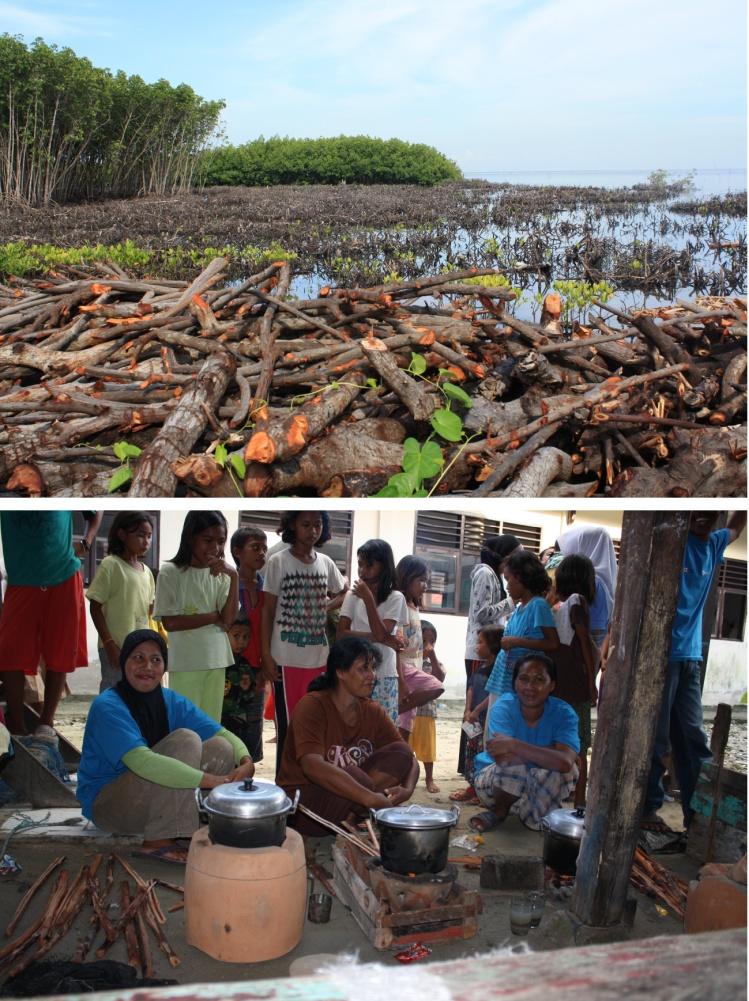
► CASE STUDY: Community Based Ecological Mangrove Rehabilitation (CBEMR) in Indonesia (EN)
Résumé : While successful examples of large-scale (5 000-10 000 ha) ecological wetland/mangrove rehabilitation projects exist worldwide, mangrove rehabilitation efforts in Indonesia, both large and small, have mainly failed.
Mots-clés : Community-Based, Collaborative, Ecological Mangrove Rehabilitation,Indonesia
Thématique : Biodiversité et ressources naturelles
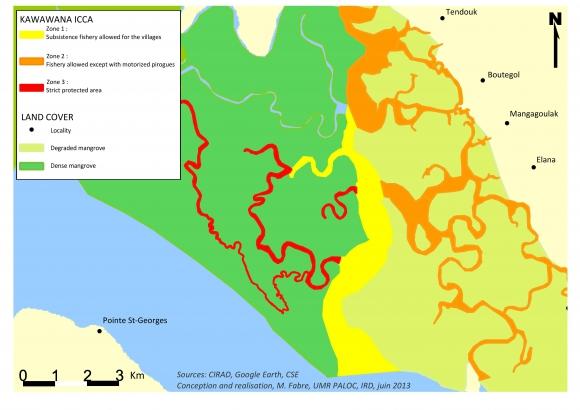
► Participatory governance of Marine Protected Areas: a political challenge, an ethical imperative, different trajectories (EN)
Résumé : The procedure for designating and establishing Marine Protected Areas (MPA) has changed profoundly since the 1990s, as a consequence of global changes and new dictates related to biodiversity conservation and sustainable development.
Mots-clés : Biodiversity conservation, Marine Protected Area, Local communities,Participation, Co-management, Governance, Spatial justice
Thématique : Gouvernance et débats sociaux
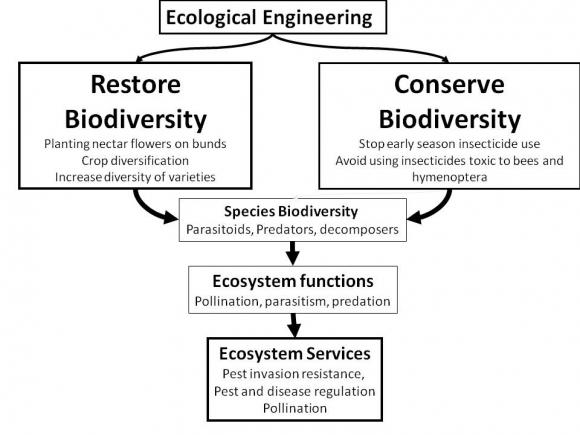
► Restoration of rice landscape biodiversity by farmers in Vietnam through education and motivation using media (EN)
Résumé : The TV series had succeeded in initiating changes in farmers’ beliefs and adoption of ecological engineering practices. This might be due to entertainment-education content and the engagement of key stakeholders and partners in the project process. Decision theories and sociological tools and a six phase engagement process were used to ensure quality partnerships.
Mots-clés : Rice, Entertainment-education, Vietnam, Ecological engineering, Pest management, Perceived barriers
Thématique : Biodiversité et ressources naturelles
> Lire l'article
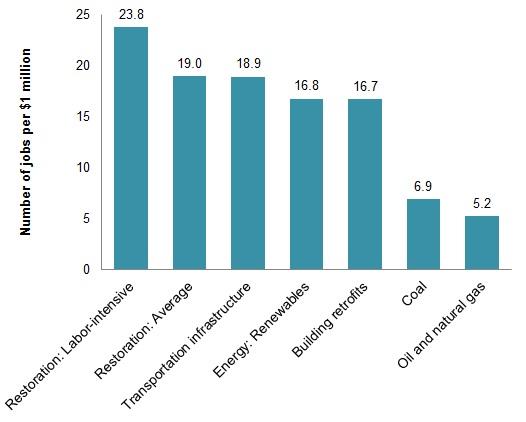
► Oregon’s Restoration Economy: How investing in natural assets benefits communities and the regional economy (EN)
Résumé : For nearly twenty years in the western United States, billions of dollars have been spent to recover anadromous salmon species listed under the federal Endangered Species Act.
Mots-clés : Restoration, Habitat, Salmon, Economics, Jobs, United States
Thématique : Changement climatique
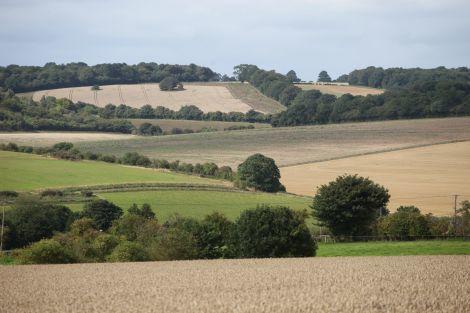
► A 10-year ecosystem restoration community of practice tracks large-scale restoration trends (EN)
Résumé : In 2004, a group of large-scale ecosystem restoration practitioners across the United States convened to start the process of sharing restoration science, management, and best practices under the auspices of a traditional conference umbrella.
Mots-clés : Community of practice, Restoration practitioners, Large-scale ecosystem restoration
Thématique : Biodiversité et ressources naturelle
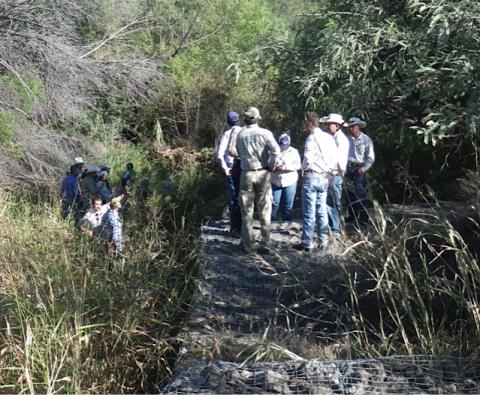
► Transborder Drylands Restoration: Vision and Reality After Three Decades of Innovative Partnerships on the U.S.-Mexico Border (EN)
Résumé : This case study focuses on CLO’s restorative operations on the Mexican side of this increasingly fortified border region. It examines the progress, shortcomings, and challenges of the restoration underway on the 10 000 hectares of Rancho San Bernardino, which abuts the international border in northeastern Sonora.
Mots-clés : Drylands, Restoration, Border, Sonora, Arizona
Thématique : Changement climatique

